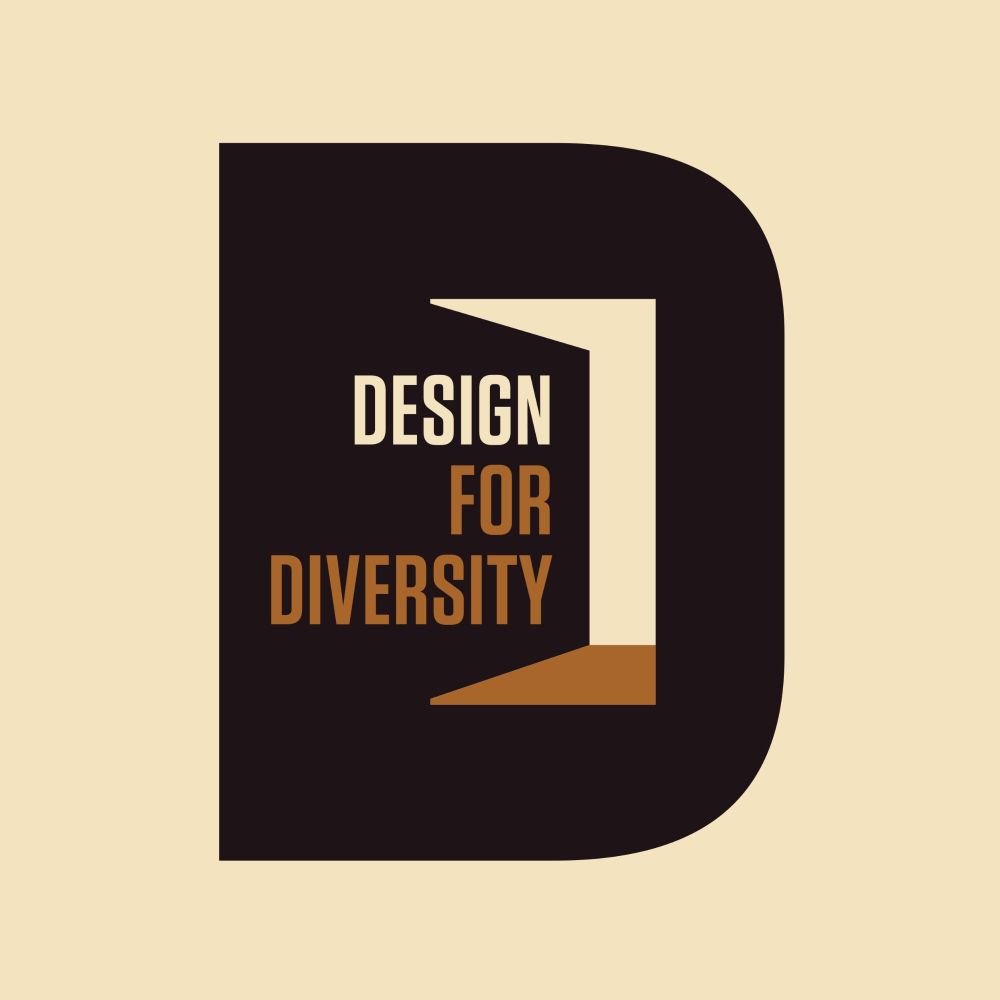Being sustainable designer - more on the PEOPLE part
Posted on
Sustainability is the place where People, Planet and Profit meet. As I said last week, this is known as the Triple Bottom Line. Sustainability lies in the intersection where PEOPLE, PLANET and PROFIT meet.
I previously wrote about being a SUSTAINABLE DESIGNER - but I wanted to talk more about the PEOPLE part of sustainabilty.
What is the interior design industry doing to address inequity?
DESIGN FOR DIVERSITY
Rukmini Patel and Kate Watson-Smyth have devised an initiative and community called Design for Diversity. Listen to Kate’s The Great Outdoors podcast with Sophie Robinson for shocking and saddening insights into racism in the interior design industry, including one from my friend Jecks Stone of Persona Abode.
Kate says: “We do not claim it as a solution. But we offer it as the start of a conversation. A sign that the door is open…… It’s our sincere hope that the presence of this sticker on a design website or social channel will give those who see it the confidence to take a step forward, while offering reassurance that their interest will be received with positivity and fairness.”
To pledge support, designers and suppliers should post the badge so all can see it and make a relevant pledge.
I have signed up to Design for Diversity pledge. You don’t have to be an employer to be involved.
Things even a micro-business like mine can do:
-
I’m always seeking out products (sustainable especially!) to use and I would especially like to support BAME businesses who produce them.
-
I would be really happy to mentor a student or designer from a BAME background too.
UNITED IN DESIGN
The interior design professional body BIID (The British Institute of Interior Design) is also encouraging us to support new charity United in Design who assist with the next step of funding or subsidising scholarships, bursaries, apprenticeship placements, pay travel costs etc. This guidance from the BIID on being an inclusive leader has been made available to members and non-members https://biid.org.uk/sites/default/files/Leadership%20is%20action%20not%20position.pdf
I've been listening to LuAnn Nigara's A Well-Designed Business podcast for interior designers for years and I’ve learnt very much from them. This recent one is for everyone to listen to. She and her friend, Arianne Bellizaire talk about racism in and out of the interior design industry. They discuss Ibrahn X Kendi’s book 'How To Be Anti Rascist’.
I’m also concerned what lies deeper into the supply chains the interior design industry uses.
We all now know about what lurks in fashion industry supply chains thanks to brilliant campaigns like #whomademyclothes? ran by Fashion Revolution. I know when my queries to suppliers are unanswered that there is little transparency in my industry as well. Just doing the Made In A Free World’s survey tells me of your own purchases to know more than 200,000 children are forced to work in India's carpet belt of Uttar Pradesh.
Here in the UK I occassionally see suppliers displaying the Living Wage logo - but they are few and far between. There are certifications that cover social and economic wellbeing of people involved, such as Cradle To Cradle, Forestry Stewardship Council and Good Weave.
Many people have no idea that child labour, human trafficking and slavery is part of our industry. The Modern Slavery Act is law here. Some suppliers have Modern Slavery statements clearly published - many don't. But what do we know about goods we buy from outside of the UK? Very little. How many of us ask questions about the supply chain? The BIID have written this useful guide on Modern Slavery.
Want to learn more? Start by looking at your own impact.
- Take the Made In A Free World’s survey about your own purchases - it's completely eye opening.
- You may as well see what your ecological footprint is as well using this footprint calculator too! Find out how many planets are needed for your current way of living. Plot spoiler: it's much more than one.
It's a learning process for us all as we become more and more aware. When starting to build sustainability into the way you create an interior, you just have to start somewhere. Asking questions of suppliers is a great way to start and puts pressure on them - especially as the same questions are asked by more and more of us.
Sharing knowledge is so important to this learning process. Below are some resources. Please share any learnings and resources you have with me and others as well.
USEFUL RESOURCES:
More on Design For Diversity:
https://www.rukminipatel.com/design-for-diversity-initiative-2
https://www.madaboutthehouse.com/design-for-diversity-the-pledge/
Books:
X Kendi’s book 'How To Be Anti Rascist’.
Blindspot by Manzarin R Banah and Anthony G Greenwald is extremely eye opening.
The United Nations Global Compact encourages businesses worldwide to adopt sustainable and socially responsible policies.
One Planet Living - is a great framework to apply to projects and businesses for a 360 degree view on impact. I'm in the process of applying the framework to my own business.

